Tengu - Creatures from Japanese Folklore

A well-known creature in Japanese folklore, the Tengu features heavily in modern pop culture as well. But where can you find a Tengu in Japan?
Tengu are humanoid creatures from ancient Japanese folklore that cannot only fly but are said to be able to temporarily cause immobility in people as well. In today's article we will take a look at these classic Japanese monsters that even make an appearance in the world's first novel, The Tale of Genji.
The Source of Tengu
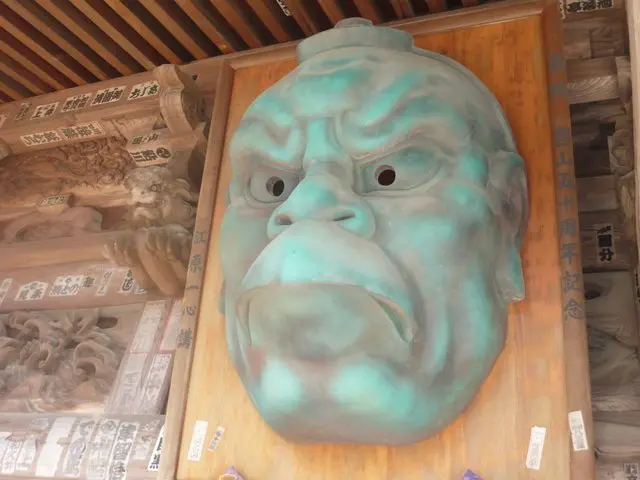
There are various theories as to the origins of the tengu as they are known in Japan; most agree that they came to Japan via China, and to China from India. Tengu make their first appearance in Japanese literature in the Nihon-shoki, the oldest chronicles of Japan, which came into existence in roughly the 6th century. In China, tengu are an ominous, baneful dark star that has fallen from the Heavens to the Earth, said to cause terror and horrific natural phenomenon between humans (for example, wars suddenly breaking out).
What is a Tengu?
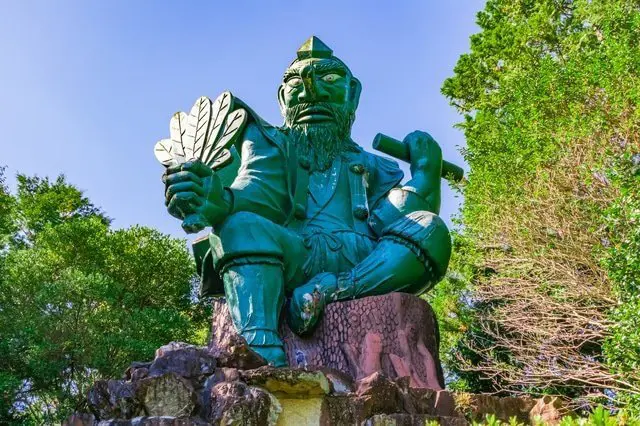
In ancient Japan, mountains were said to be different worlds and as such, any events happening within the mountains were considered to be the result of the actions of tengu. And it goes without saying that on especially sacred mountains, tengu were guaranteed to be found. As people thought more and more on how the tengu looked and behaved, it wasn't long before they came to be venerated as a type of deity by the ancient Japanese.
The Tengu's Appearance

The appearance of a tengu varies by era and location, but they are most commonly believed to look like Buddhist priests, male children, or ogres. Now they are mainly represented as having long noses, vivid red faces and wearing the garb of an itinerant Buddhist monk, with great wings coming out of their backs; these wings enable them to fly freely through the air.
There are 3 main types of tengu: Hanataka Tengu (long-nosed tengu), Karasu Tengu (crow tengu), which have bird-like faces with long beaks, and Konoha Tengu (weak tengu). It is believed that the inspiration for the image of the Japanese tengu came from the Hindu-Buddhist legend of a man-bird deity known as the Great Garuda.
Where to Find Tengu
As tengu are well-known creatures throughout Japanese folklore, it goes without saying that there are sightseeing spots dedicated to them all across Japan, but now we would like to introduce three of the most popular spots to learn more about the tengu.
1. Tokyo: Mount Takao

45 minutes by Keio Line Limited Express from Shinjuku Station will take you to Mount Takao, a popular mountain climbing spot that is famous for its tengu legend. Tengu Dango, dumplings made from 10 different types of grains and Tengu Yaki, sweets that are crunchy on the outside and soft on the inside, are two of the most popular souvenirs found at Mount Takao.
2. Kanagawa: Daiyuzan Saijoji
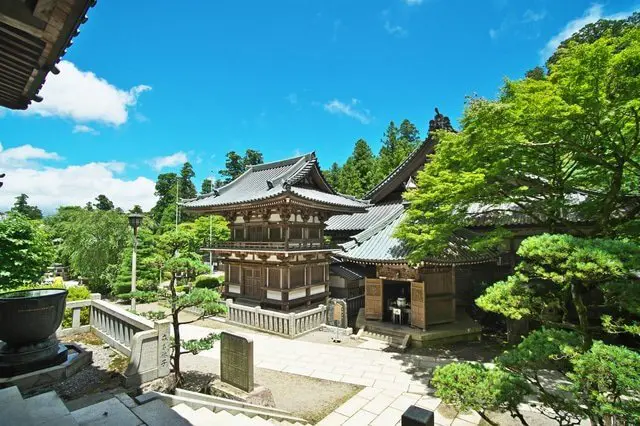
Daiyuzan Saijoji was founded in 1394 by the priest Ryoan. After his death, his disciple Doryo is said to have turned into a tengu in order to protect the temple. There are many different incredibly impressive statues and depictions of tengu to see at Saijōji Temple. Not only that, but the tea house before the temple gates features many tengu-themed pastries and light meals on its menu.
3. Kyoto: Kuramadera
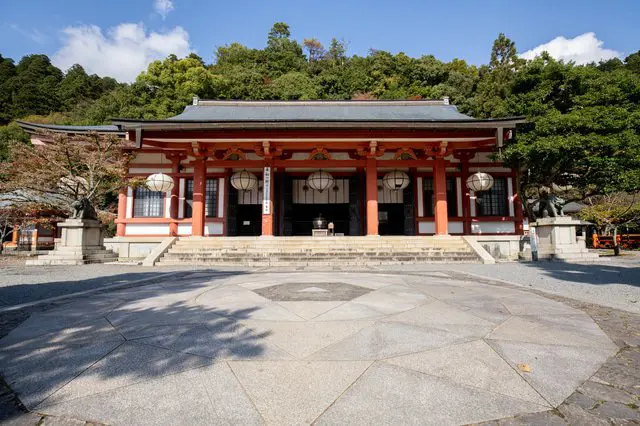
Kuramadera is the temple where the Heian era military commander Minamoto no Yoshitsune studied to become a monk as a child. It is said that he was taught martial arts by the Kurama Tengu that lived in Kurama mountains, and at this temple you can purchase omamori (amulets) connected to these tengu.
Practically everywhere you go in Japan you will find some connection or another to the folklore surrounding tengu. If, on your previous travels about Japan, you happened to see a figure or statue of a man with a long nose and red face, then you have already witnessed a part of the tengu legend for yourself.
After you've seen some of the main sightseeing spots in Japan, you should definitely take a look around for tengu; you might end up having a wonderful and mysterious encounter of your own.
All pictures from PIXTA
This is the official account of MATCHA's editorial department. Our articles feature useful travel information for visitors to Japan, from how-to guides to recommended places to visit.
























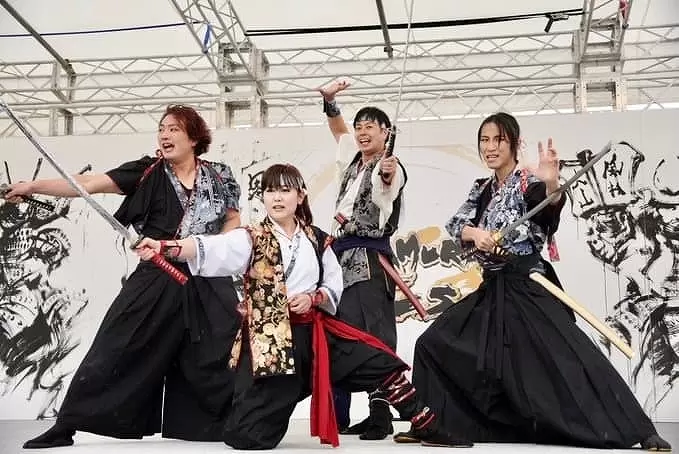









![[30 minutes by train from Nagoya] Feature Articles cherry blossom viewing spots in the tourist destination of Tokoname](https://resources.matcha-jp.com/resize/720x2000/2026/01/08-255150.webp)
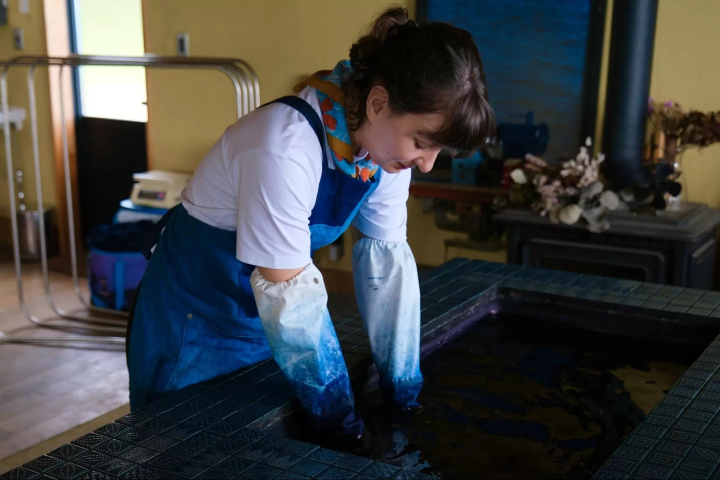


![[2026] Top 5 Strawberry Picking Spots in Tokushima, Naruto| Farms and Access Guide for January to May](https://resources.matcha-jp.com/resize/720x2000/2025/03/06-227165.webp)